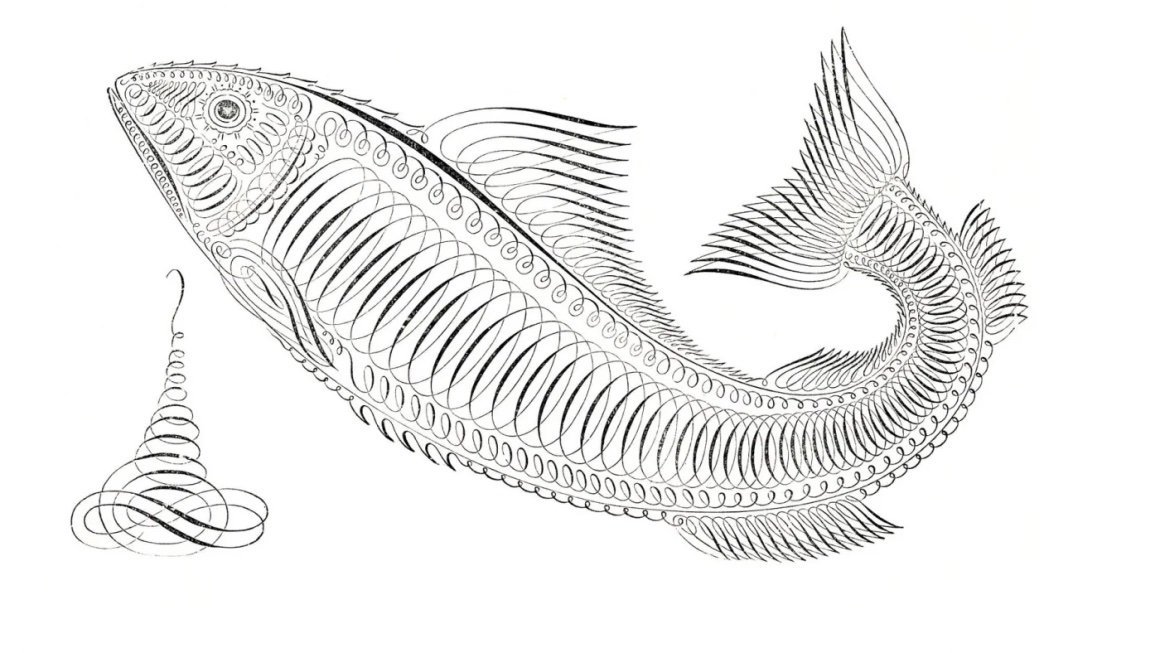Review: The Nine Cloud Dream by Kim Man-Jung Translated by Heinz Insu Fenkl
By Laura Head
Whether you are a lover of Korean literature or someone entirely unfamiliar it, Heinz Insu Fenkl’s new translation of Kim Man-Jung’s 17th-century masterpiece The Nine Cloud Dream, recently published by Penguin, will be a revelation. Unlike earlier translators, such as James Scarth Gale and Richard Rutt, Fenkl attempts to recreate the experience of the novel’s first readers. This approach is fraught with difficulties because The Nine Cloud Dream, Korea’s most famous and best-loved work, was set in the China of almost a millennium before its composition and written in Chinese. According to the translator, that makes his task analogous to translating a 19th-century Russian work set in medieval France and written in Old French.
Despite the difficulties, Fenkl surely succeeds. The archaisms of his language and syntax create the familiar aura of fairytale and romance perfectly suited to the story, which so marvelously mixes myth and legend.
The Nine Cloud Dream is a bildungsroman that tells the magical story of a Buddhist monk named Hsing-chen who lives in the in T’ang Dynasty China and who meets eight fairies. He then enters a wondrous world filled with earthly delights, where we follow him from his rebirth through adulthood as he rises in power in the court of the emperor. The story has the feeling of myth and legend in its combination of reality and fantasy and becomes easily addictive. The reader is carried from one exciting episode to another by the sympathetic hero, meeting characters distinctly individualized and challenges overcome until both the journey and the frame tale reach their conclusions.
The character Hsing-chen’s career parallels to some extent that of the author, a member of the Korean ruling class. A scholar who made a high score on the civil service exam as Hsing-chen did, he spent his life working for King Sukjong, although he was exiled twice. During one of those exiles, he supposedly wrote this, his greatest work. Despite being set in China hundreds of years earlier, it tells us much about Korean life and culture in the 17th century, especially the intersection of Buddhism, Confucianism, and Taoism. The tale is heavily symbolic and emphasizes Buddhist values. The translator’s introduction and notes not only provide historical background for the novel but explain its complexity and increase the reader’s appreciation for it.
The strength of the new translation lies not only in its supplementary material but in Fenkl’s appreciation both for his sources and his audience. His version draws on three previous translations, each with its own point of view— Gale’s The Cloud of the Nine, published in 1922 Rutt’s A Nine Cloud Dream from 1972; and an unpublished version titled The Nine Cloud Dream produced by the English Student Association at Ewha Women’s University, supervised by Kathleen Crane—and makes use of several early Korean manuscripts. Yet his unique approach and archaic style have resulted in a translation that evokes the awe and delight we felt as children when we first encountered a classic fairy tale. We do not just enjoy the story, we revere it.
Heinz Insu Fenkl is a well-known expert on Korean literature and culture and the translator of several previous works, including For Nirvana: 108 Zen Poems, by Musan Cho Oh-hyun, which was published by Columbia University Press, and Meeting with My Brother, by Yi Mun-yol. The Nine Cloud Dream seems destined to be his masterpiece as the original was Kim Man-Jung’s.
About the author:
Laura Head received her PhD in English Literature and her MBA in Marketing from Indiana University. She has served on the faculty in English or Business at several universities, most recently in the English Department at the University of South Florida in Tampa. She is currently an MFA student in Nonfiction Writing at Columbia University.
